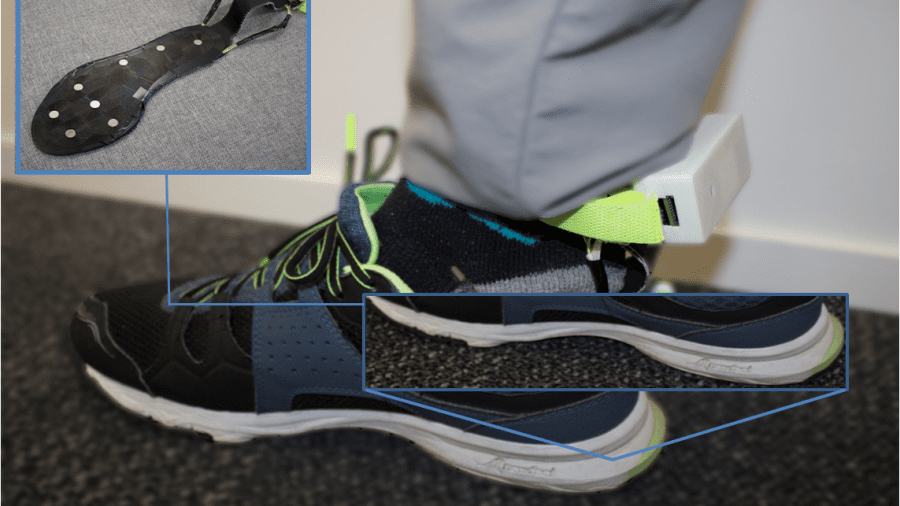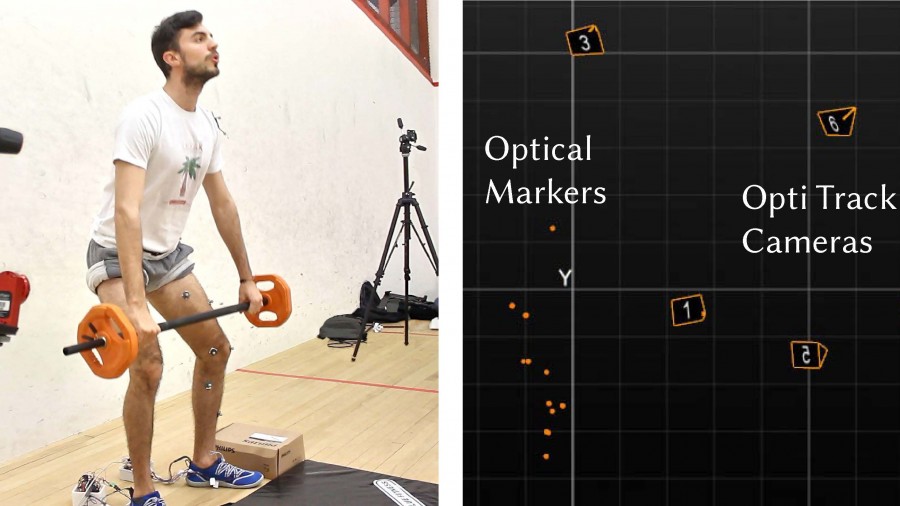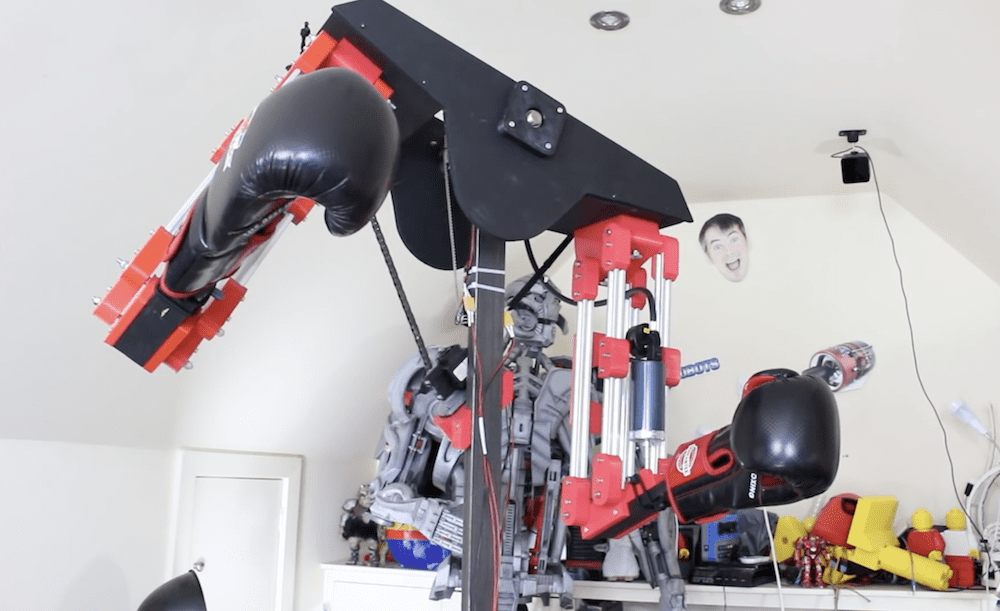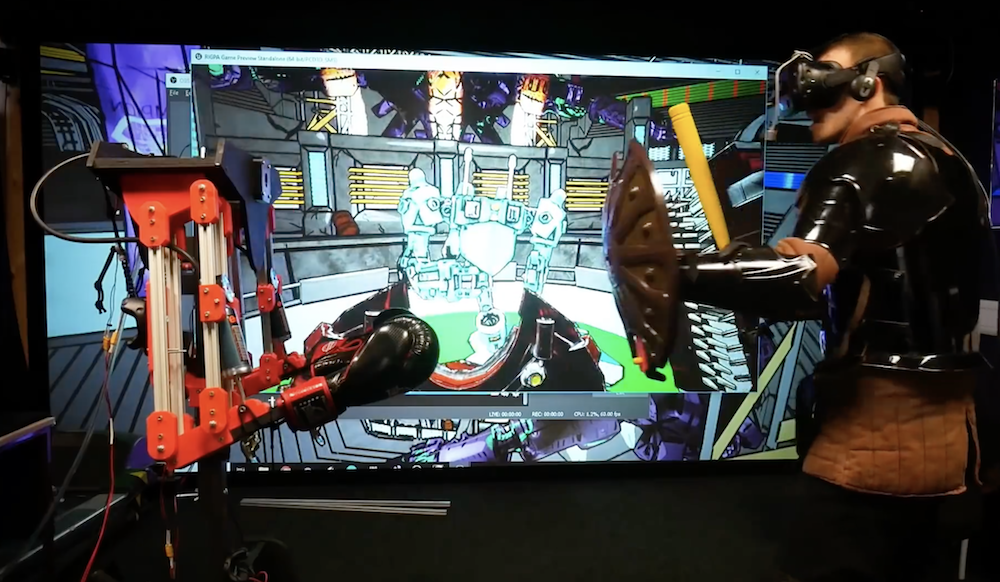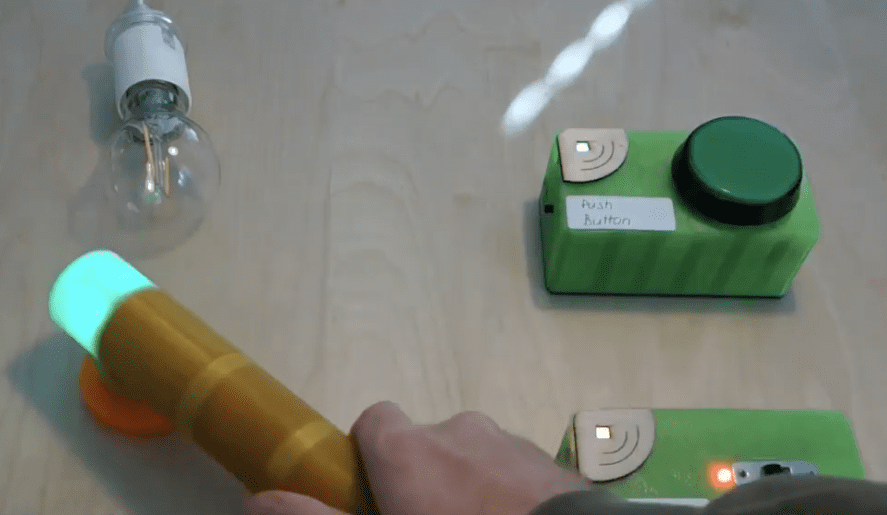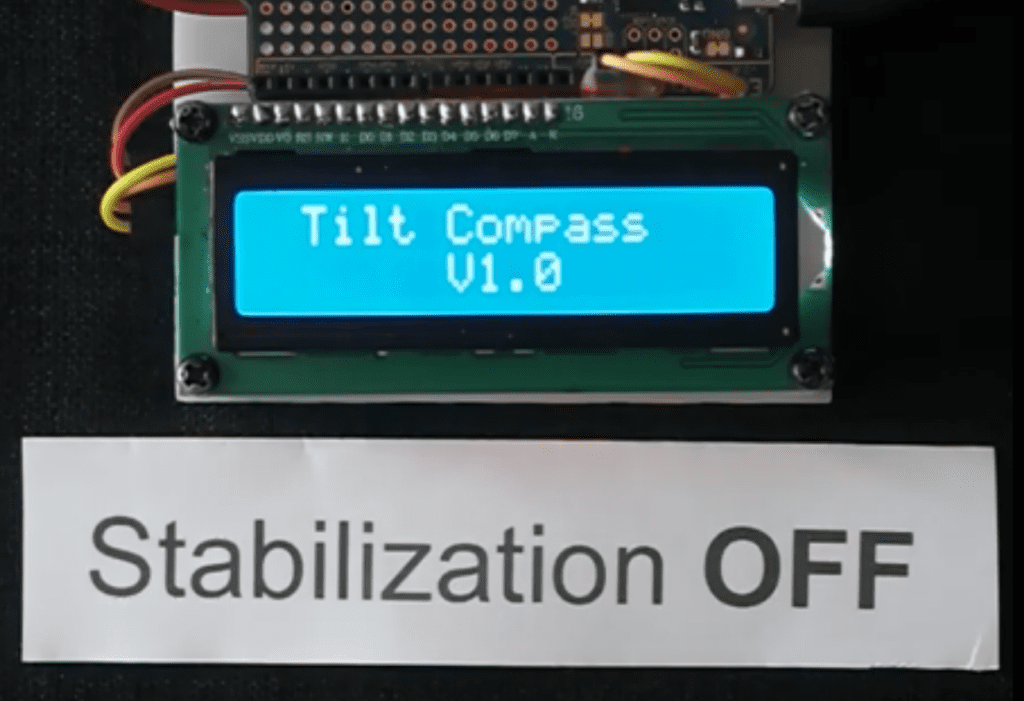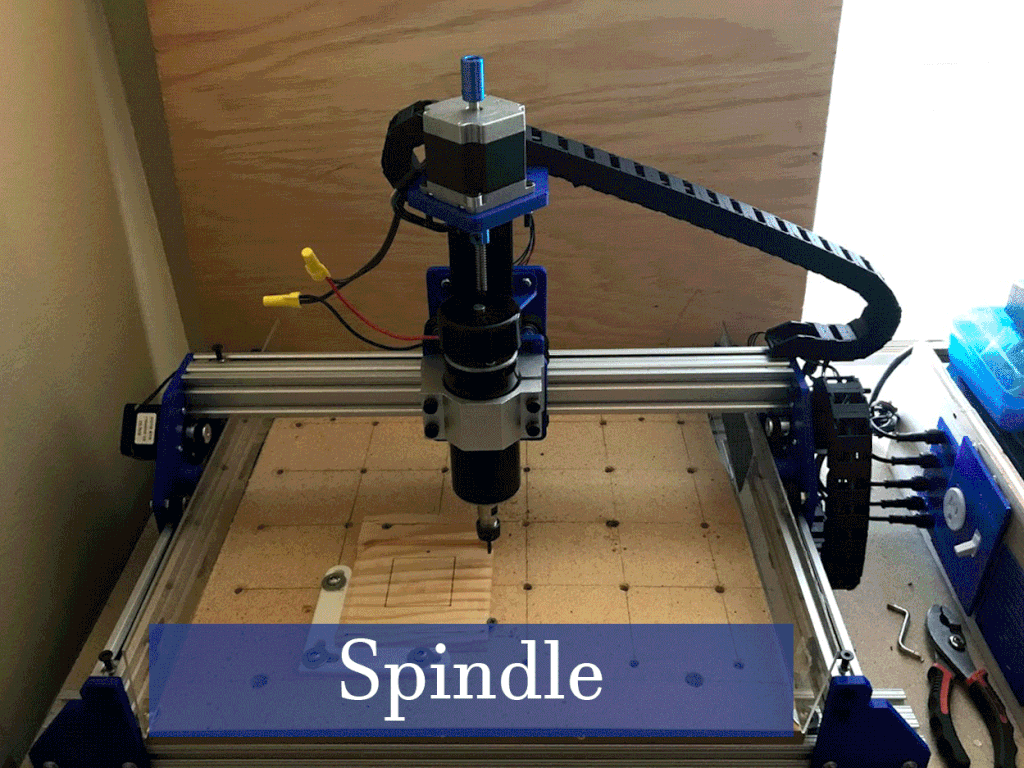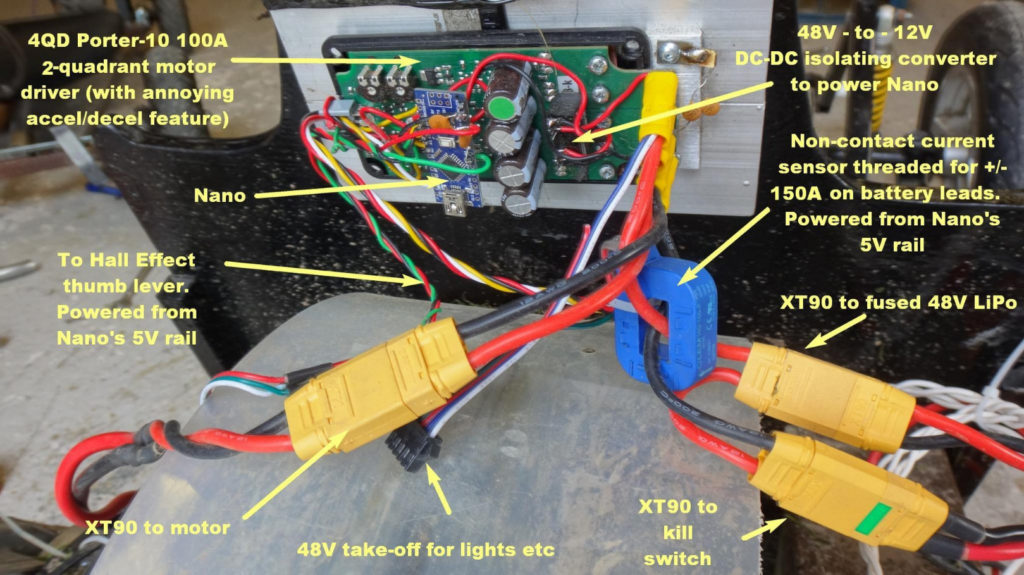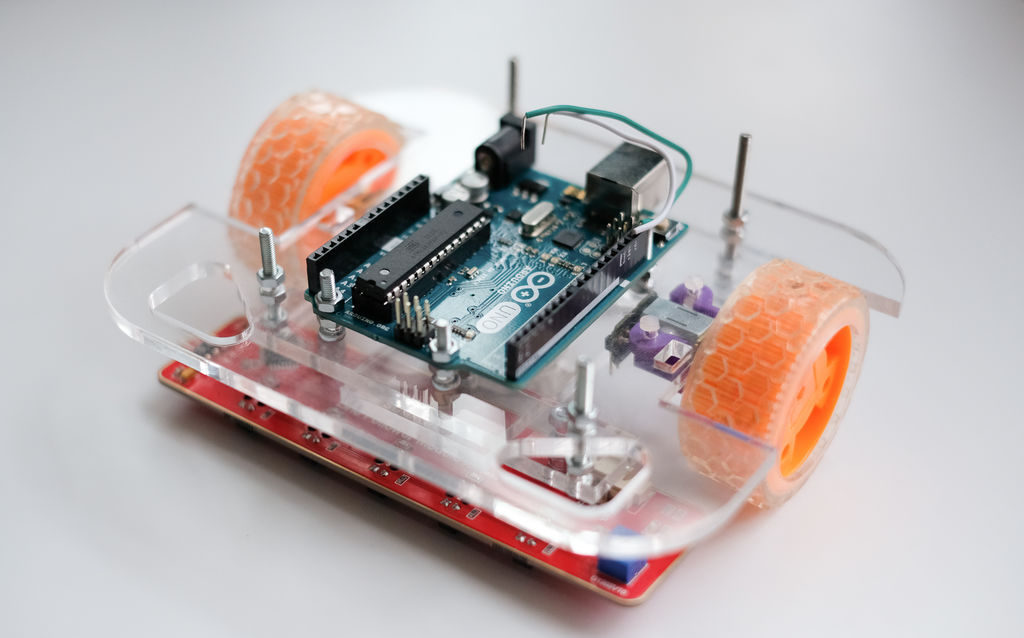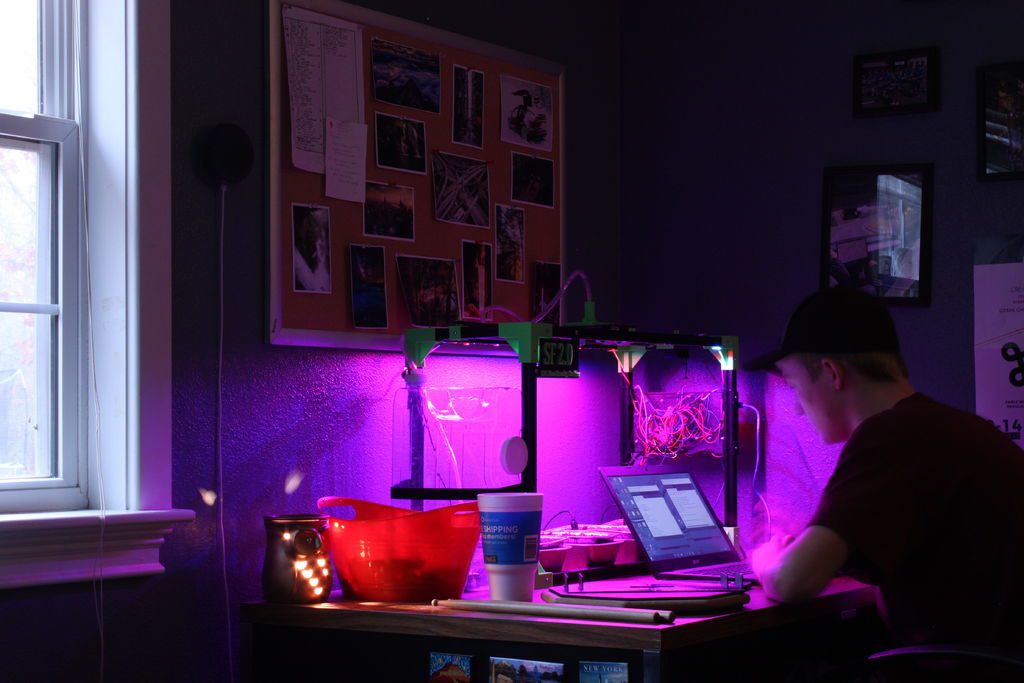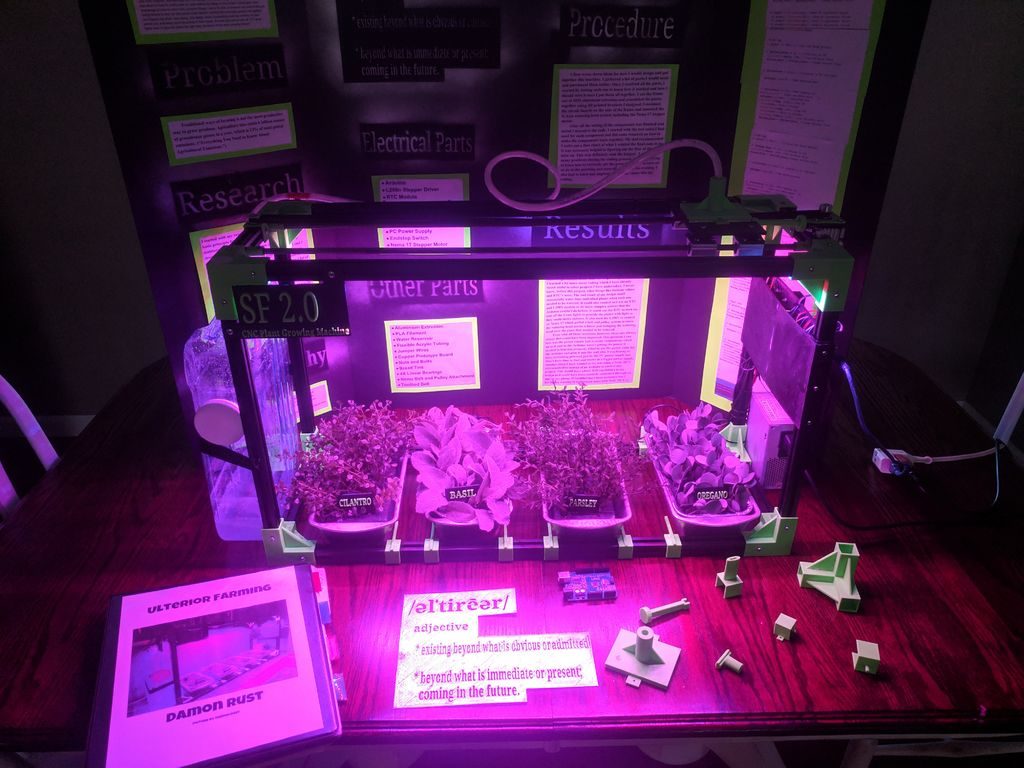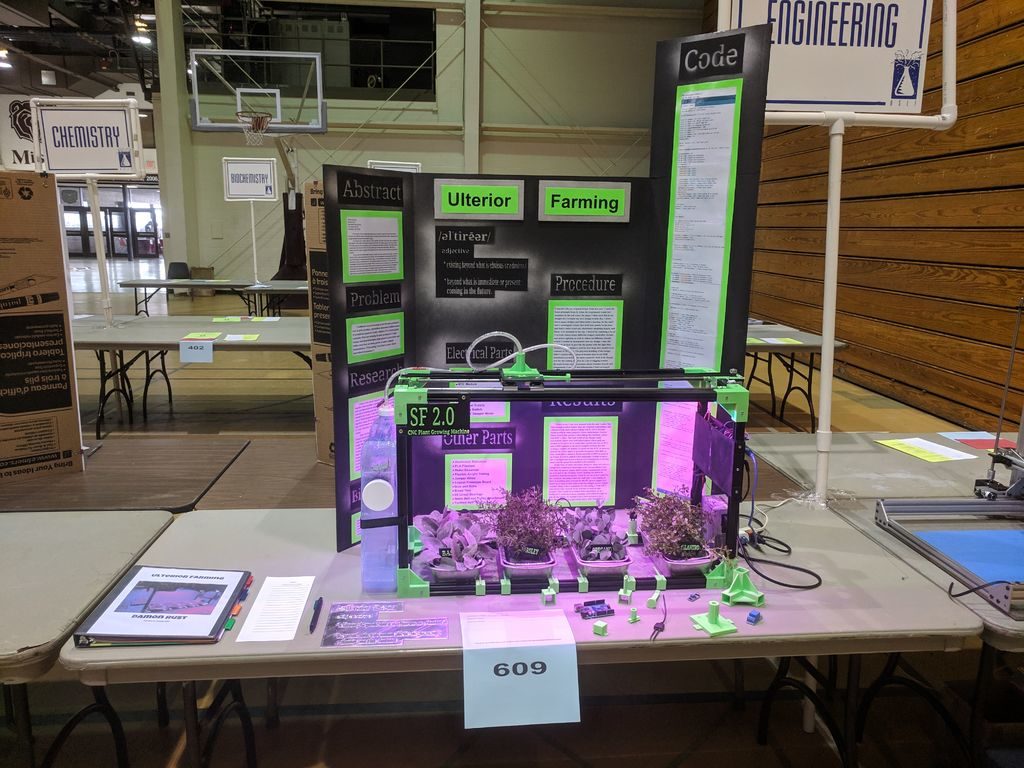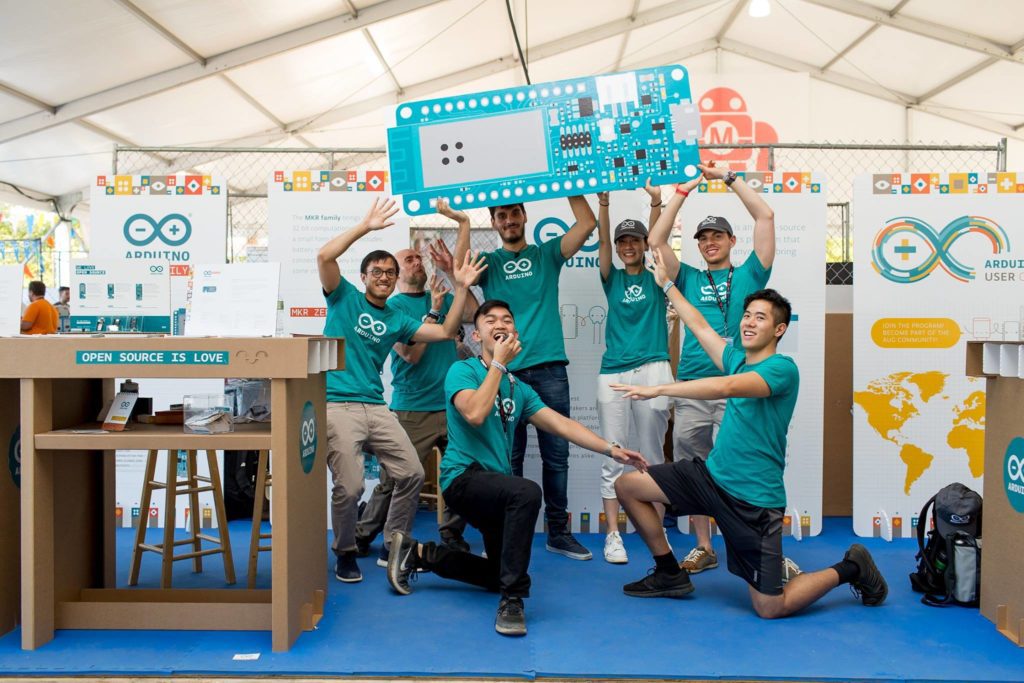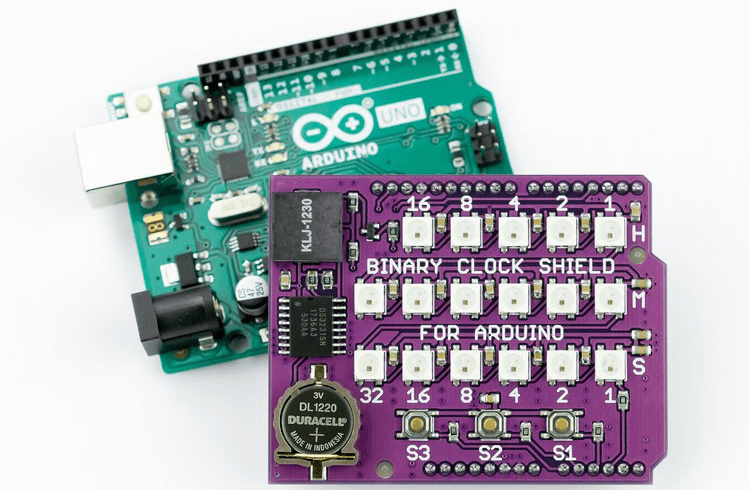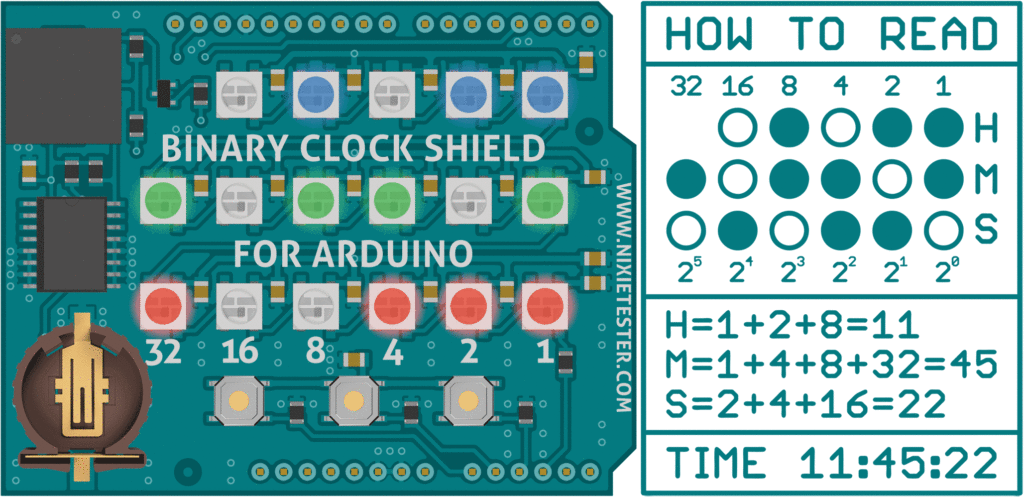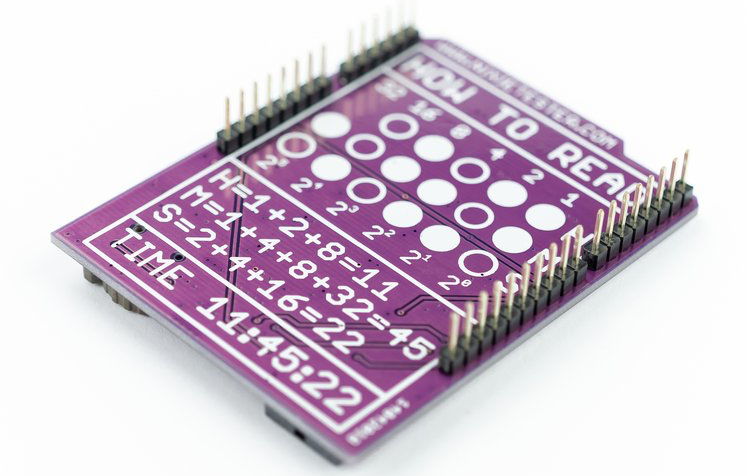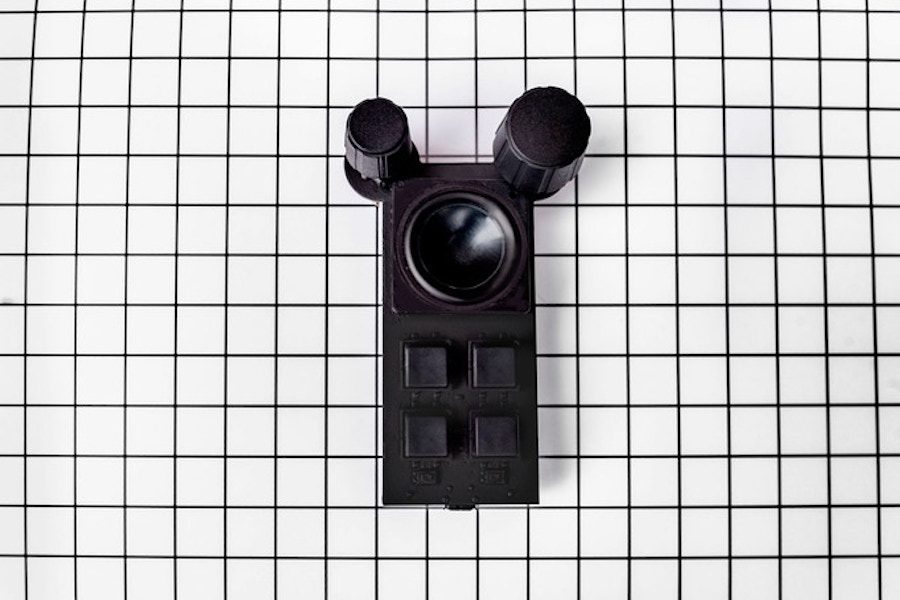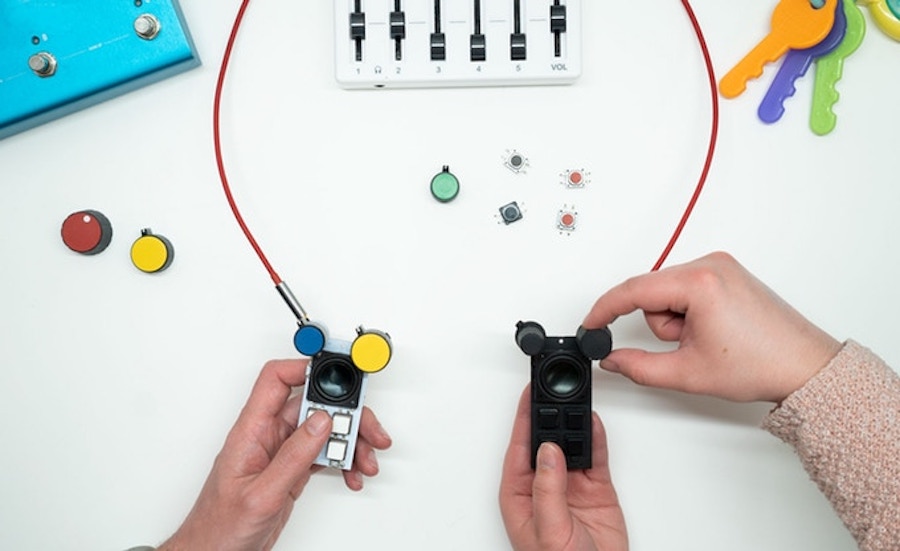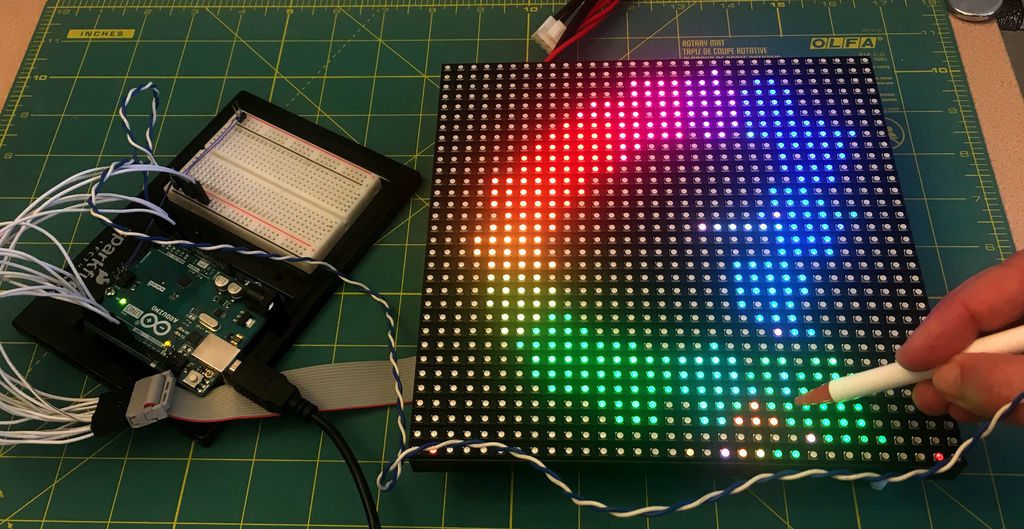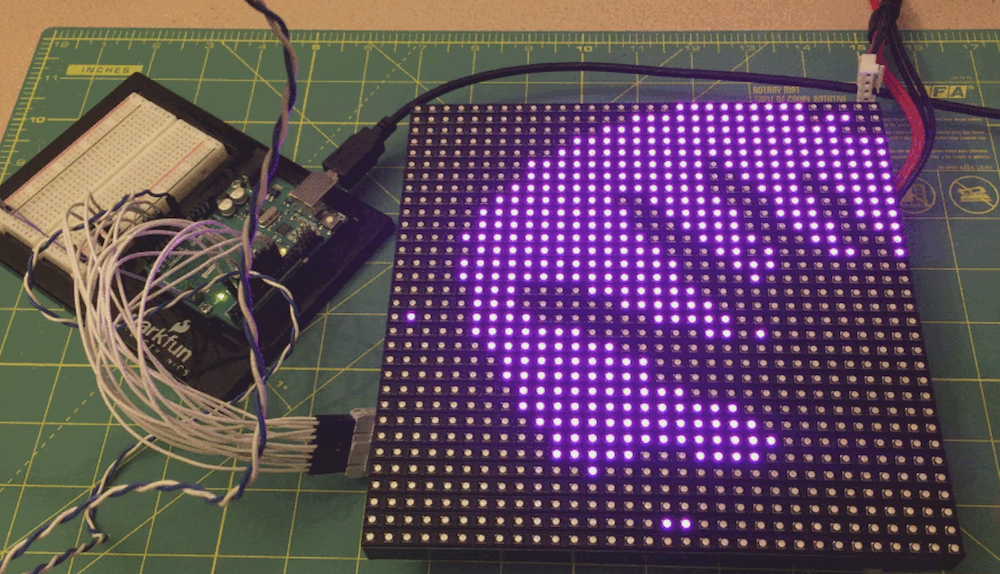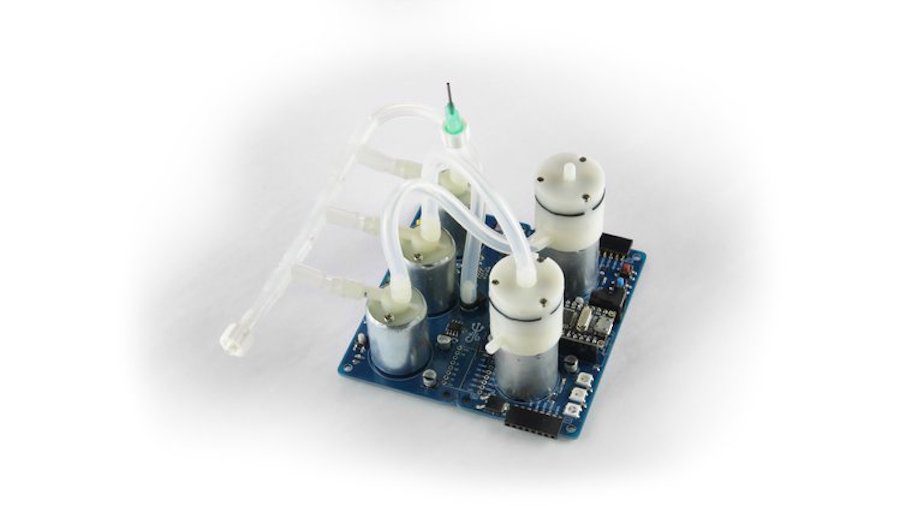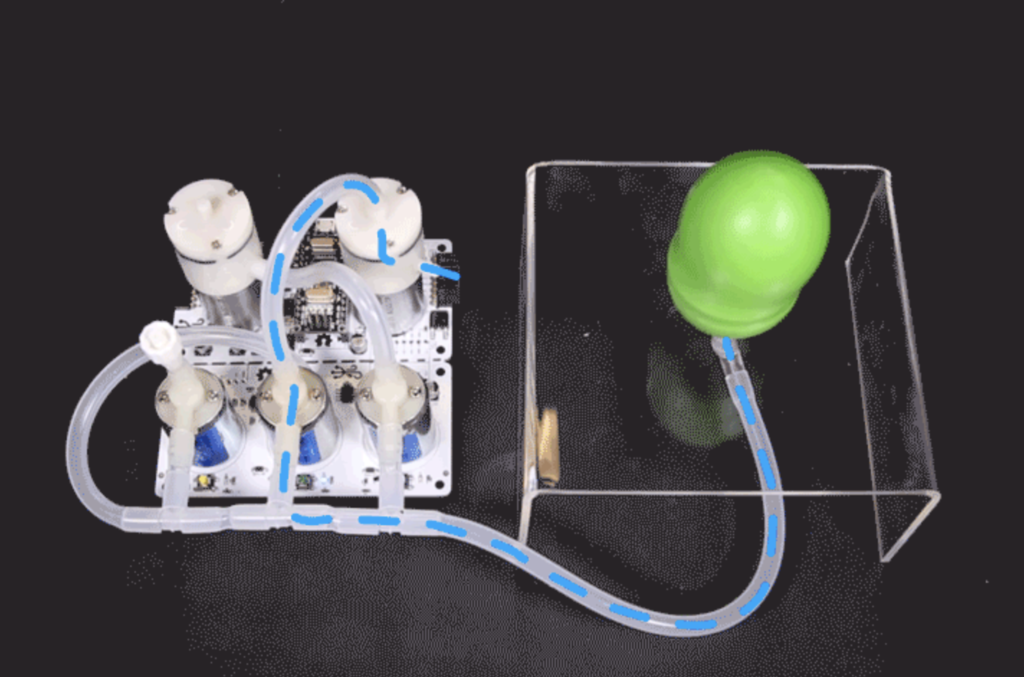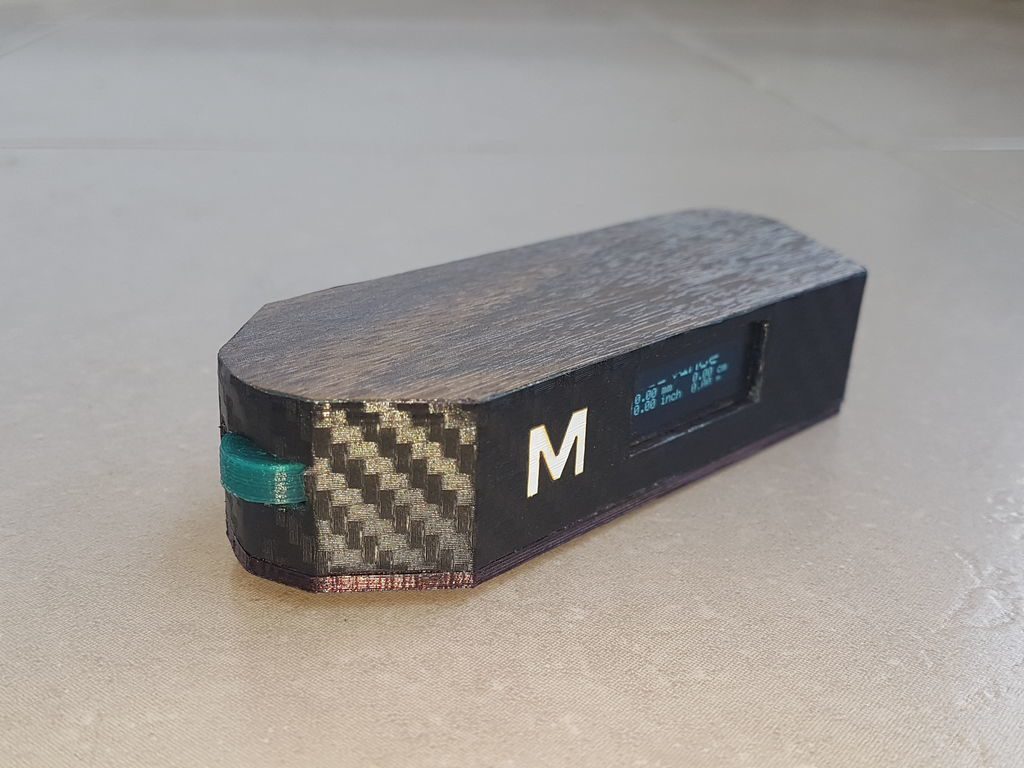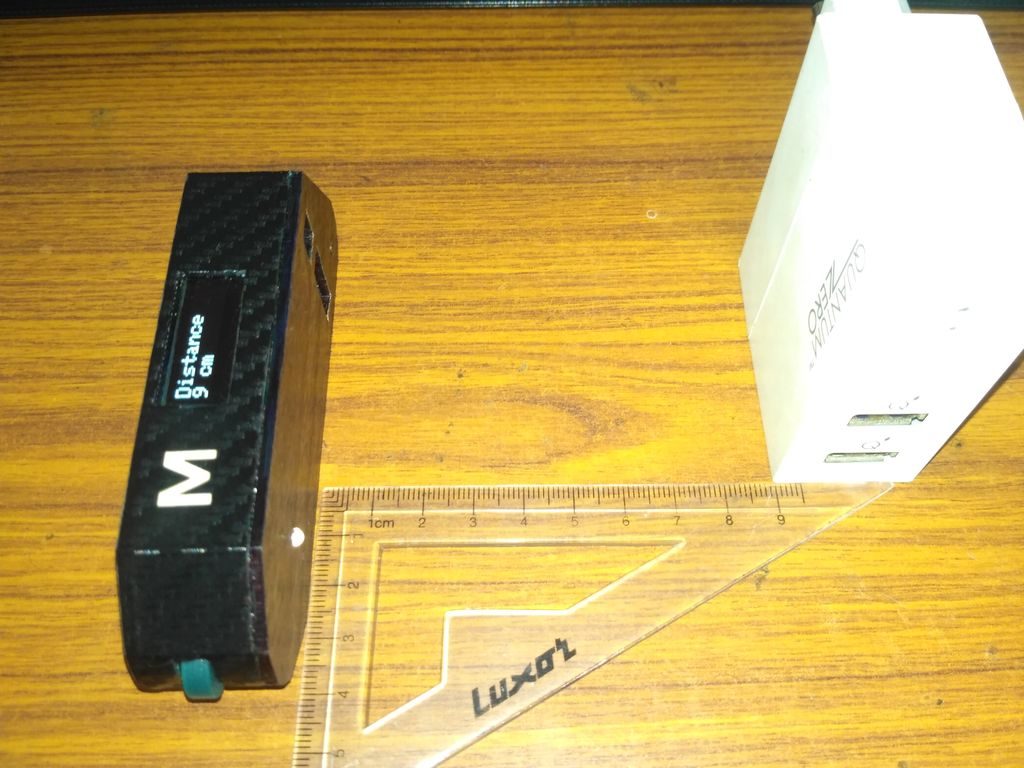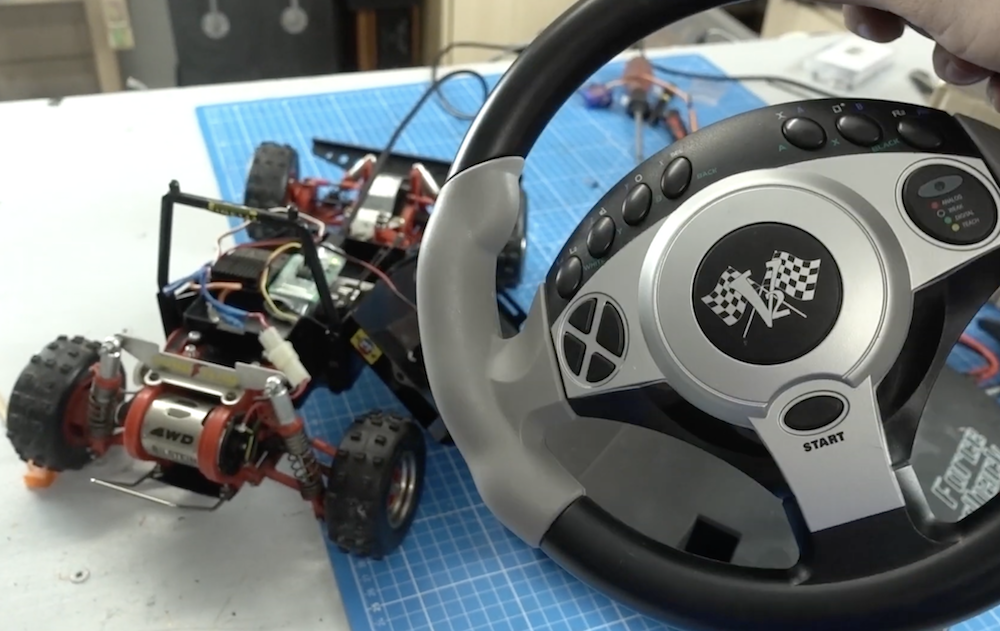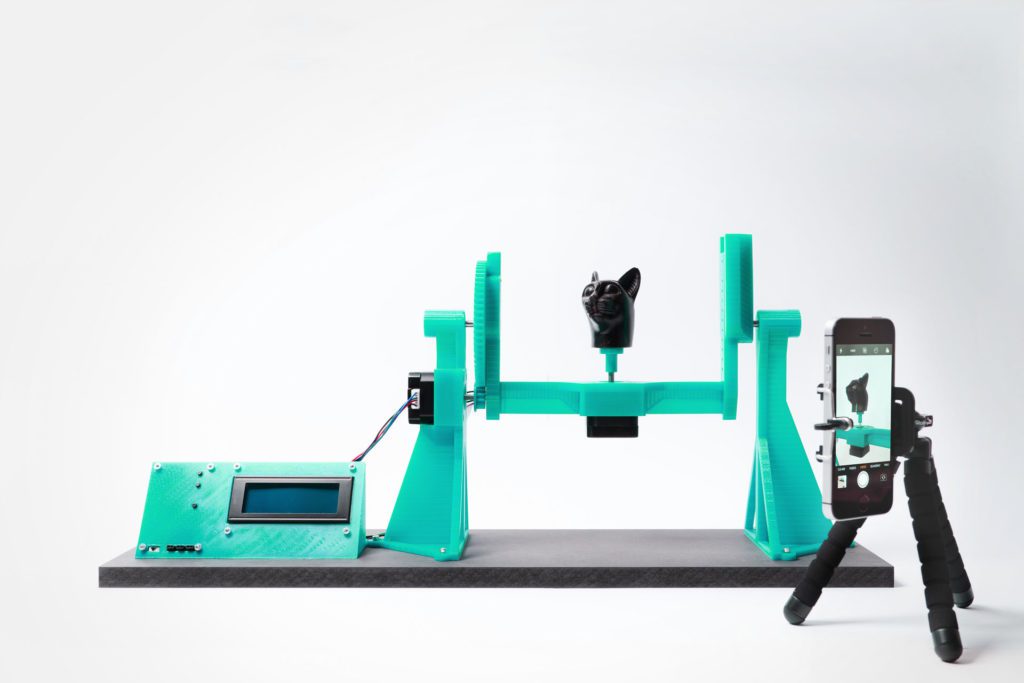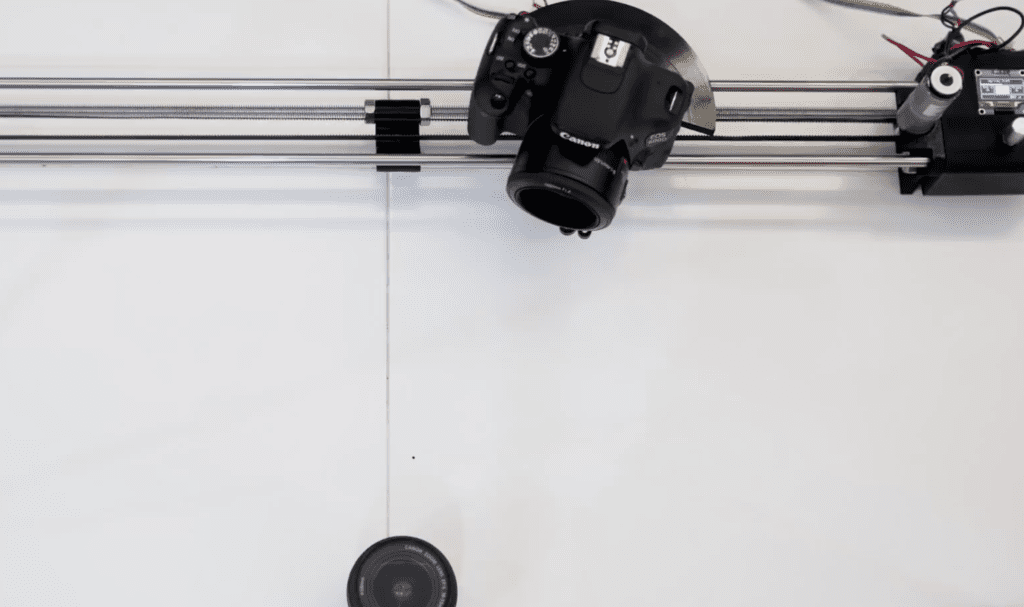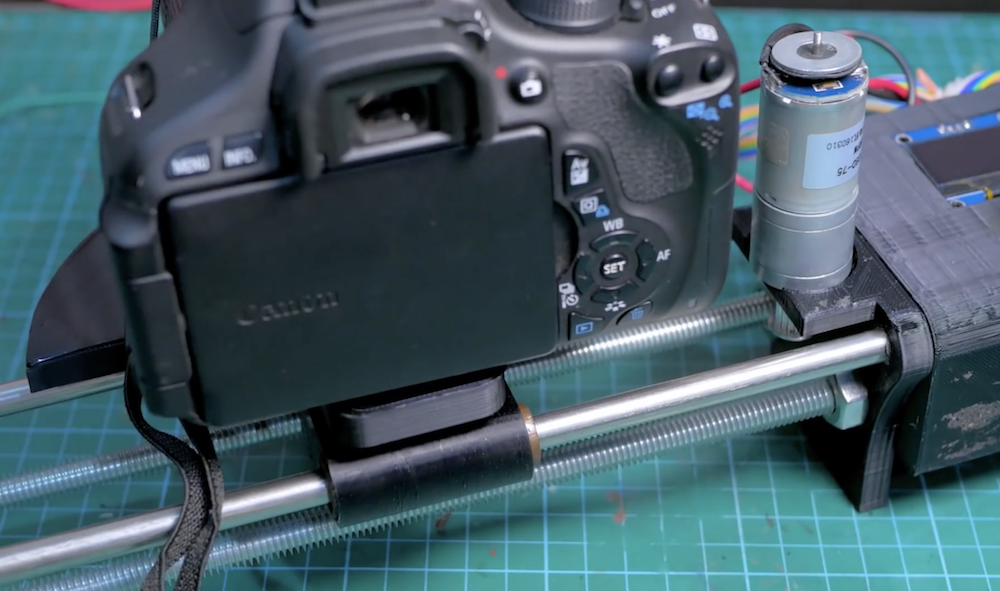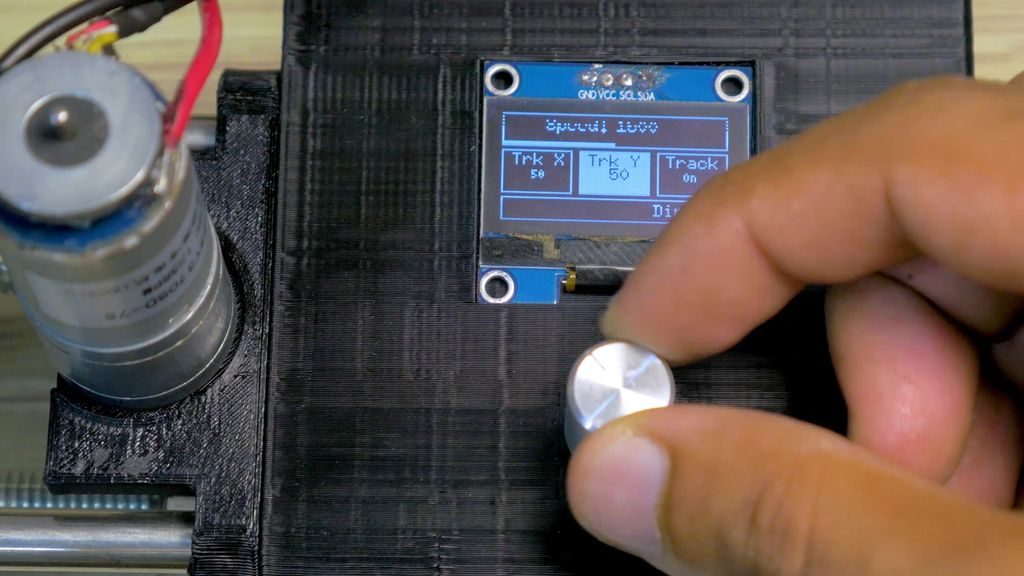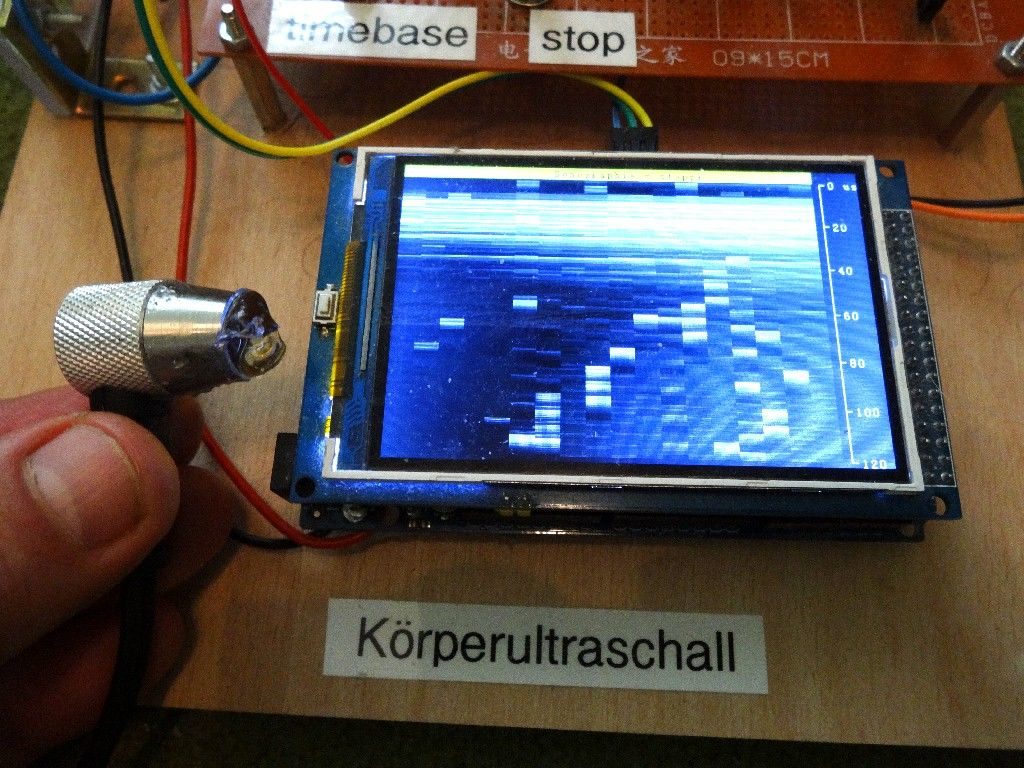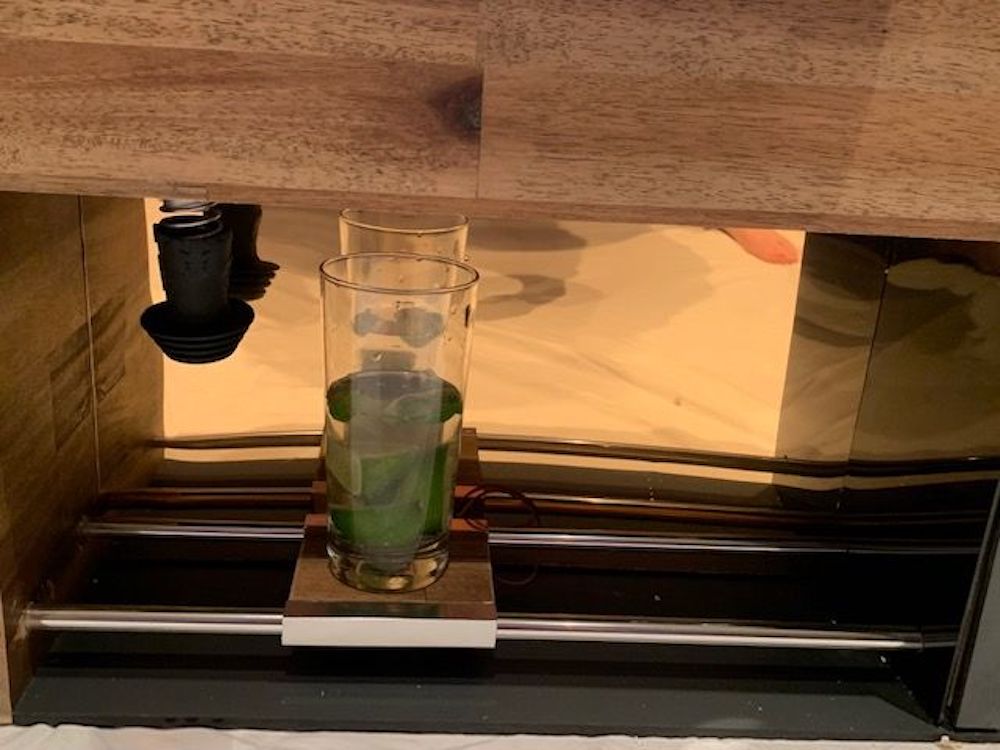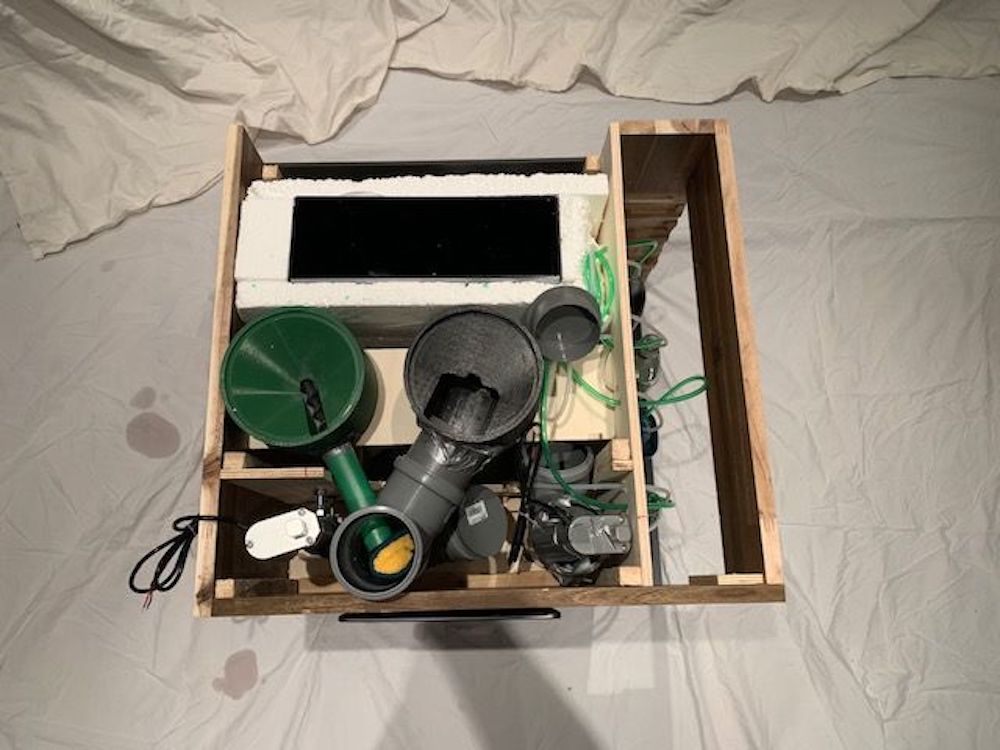Join us at Maker Faire Bay Area 2019!
— May 16th, 2019
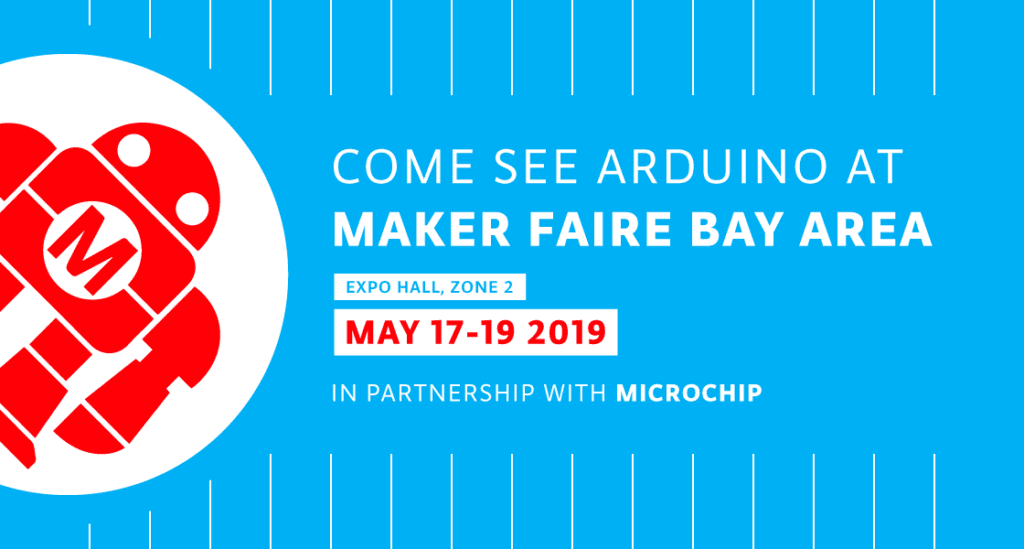
We are just few hours away from Maker Faire Bay Area 2019, where we will be partnering with Microchip in the Expo Hall (Zone 2).
Those heading to San Mateo over the weekend will want to swing by our booth to meet the Arduino team, check out some demos, and explore all our latest hardware. Plus, we’ve got plenty of exciting news in store!
- Bring your MKR GSM 1400 for an exCELLent surprise. It’s that SIMple! We’ll be running a giveaway for every attendee that shows up to our booth with their board.
- Magic IoT Sphere: Something small but special is coming! Lift it, question it, shake it — then be amazed. Shake it again and you’re in for a nice Arduino treat. Are you ready to discover the little yet powerful secret behind this magic?
Moreover, you’ll have the opportunity to learn more about Arduino Education‘s recent developments, including CTC Go! and the Science Kit Physics Lab.

Finally, a Maker Faire Bay Area tradition, Massimo will once again take Center Stage (Zone 6) and deliver his “The State of Arduino” talk on Saturday at 2pm PT.
We can’t wait to see you all this weekend! For more information on the program and venue, be sure to visit the Maker Faire Bay Area website.
Website: LINK
